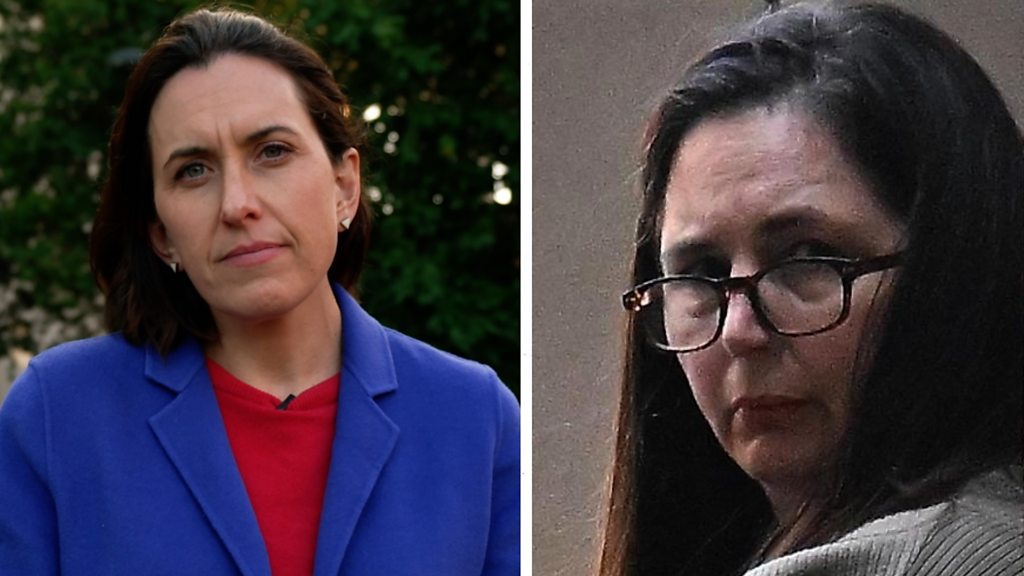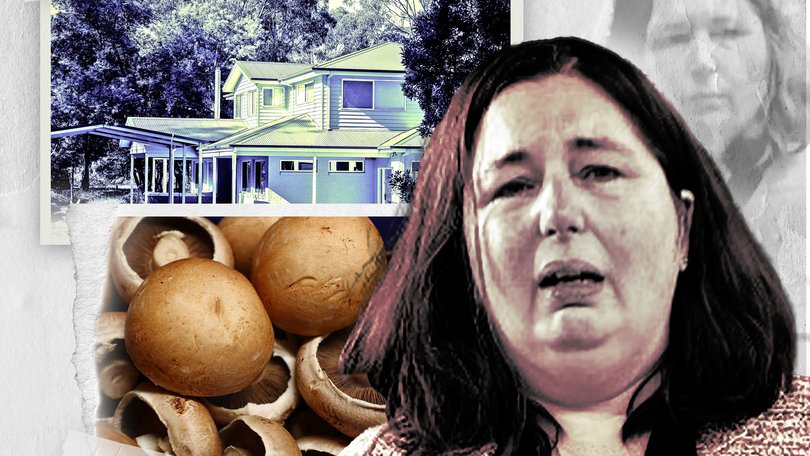Introduction
The jury in one of Australia mushroom murder trial most chilling murder trials has now retired to determine the fate of Erin Patterson, a woman accused of poisoning her family with a meal made using death cap mushrooms. The case has gripped the nation since three relatives died and a fourth nearly perished after a July 2023 lunch in Leongatha, Victoria.
What Happened in the Mushroom Murder Case?

Erin Patterson, 50, has pleaded not guilty to three counts of murder and one of attempted murder after allegedly serving a beef Wellington laced with deadly mushrooms. Among the victims were her in-laws, Don and Gail Patterson, both aged 70, and Gail’s sister, Heather Wilkinson, 66. Heather’s husband, Ian Wilkinson, a local pastor, survived after spending weeks in a coma.
The prosecution alleges that Ms Patterson deliberately used toxic mushrooms and later attempted to cover up the crime by lying to police and disposing of the food dehydrator allegedly used in the meal preparation Australia mushroom murder trial.
The Jury Retires for Deliberation

On Monday, Justice Christopher Beale gave his final instructions to the 14 jurors. A ballot then selected 12 who have now been sequestered while they deliberate. That means they are housed in isolated accommodation with little to no outside contact until a verdict is reached.
The Prosecution’s Argument
Prosecutor Nanette Rogers SC accused Ms Patterson of crafting a “carefully constructed narrative.” She pointed out numerous lies Patterson allegedly told, including faking a cancer diagnosis to manipulate family members into attending the fatal lunch. Rogers argued, “She has told lies upon lies because she knew the truth would implicate her Australia mushroom murder trial.”
The prosecution claims Ms Patterson used both wild and store-bought mushrooms, concealed evidence, and only feigned illness after realizing others had fallen seriously ill. The absence of a clear motive, prosecutors argued, shouldn’t obscure the deliberate nature of the crime.
The Defence’s Position
Ms Patterson’s lawyer, Colin Mandy SC, countered that the lack of motive is pivotal. He said, “She had no reason to kill her loved ones.” During her testimony, Ms Patterson stated she loved her in-laws and felt devastated by their deaths.

She admitted to including mushrooms from a pantry container she now believes contained both store-bought and foraged types. Her defence also explained her milder symptoms by revealing that she vomited shortly after the meal due to her long-standing struggle with bulimia.
As for the lies, Ms Patterson claimed embarrassment over planned weight-loss surgery prompted her to fabricate a cancer story. She said fear of being blamed led her to lie about mushroom foraging. “She’s not on trial for lying,” Mandy emphasized. “This is not a court of moral judgment.”
Final Words from the Judge
Justice Beale reminded jurors that Ms Patterson’s dishonesty alone isn’t proof of guilt. “There are all sorts of reasons why a person might behave in a way that makes the person look guilty,” he said. He also urged jurors not to be swayed by sympathy, stating, “You are the judges of the facts in this case.”
What Happens Next?
The verdict could come within days or take weeks depending on the jury’s deliberation. If found guilty, Ms Patterson could face life in prison under Australian law.
Follow full coverage and updates on this high-profile case via our Australian Crime Updates section.
Conclusion

The Australia mushroom murder trial highlights the complexity of courtroom justice in emotionally charged cases. While the prosecution paints Erin Patterson as a calculated killer, the defence insists she was a panicked woman overwhelmed by tragedy. The jury’s verdict will determine whether this was a deliberate act of murder—or a tragic accident.
Internal Links
External Sources
- BBC – Mushroom Murder Trial in Australia
- ABC News Australia – Jury Deliberates
- Sydney Morning Herald – Mushroom Trial










